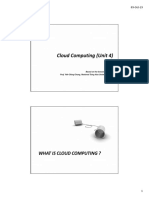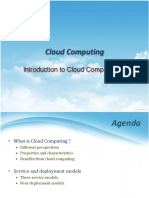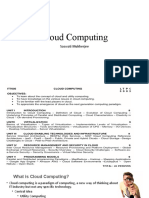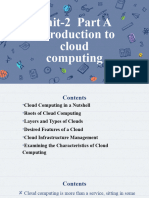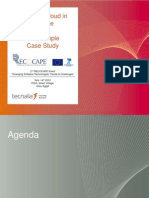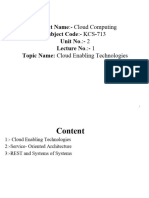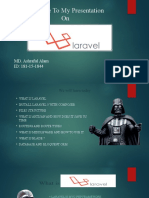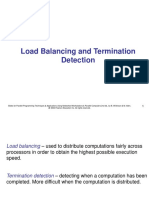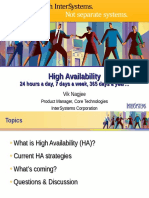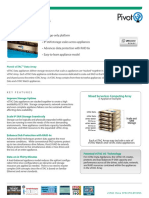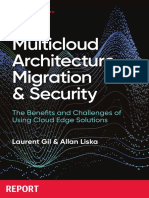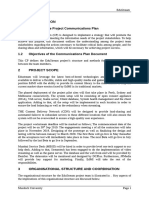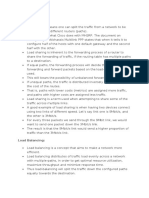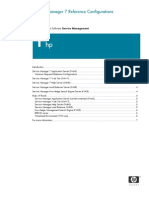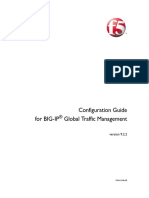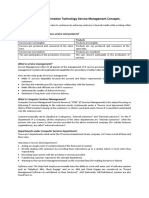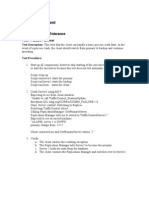0% found this document useful (0 votes)
13 views53 pagesCloud Computing Lecture5
Cloud computing is a model that provides scalable and virtualized resources as services over the Internet, significantly impacting IT processes and the marketplace. It features essential characteristics such as on-demand self-service, resource pooling, and rapid elasticity, allowing companies to minimize infrastructure costs. The document also discusses the evolution of computing, service-oriented architecture, quality of service, and the importance of manageability, interoperability, and security in cloud systems.
Uploaded by
Ash The MidBenchersCopyright
© © All Rights Reserved
We take content rights seriously. If you suspect this is your content, claim it here.
Available Formats
Download as PPTX, PDF, TXT or read online on Scribd
0% found this document useful (0 votes)
13 views53 pagesCloud Computing Lecture5
Cloud computing is a model that provides scalable and virtualized resources as services over the Internet, significantly impacting IT processes and the marketplace. It features essential characteristics such as on-demand self-service, resource pooling, and rapid elasticity, allowing companies to minimize infrastructure costs. The document also discusses the evolution of computing, service-oriented architecture, quality of service, and the importance of manageability, interoperability, and security in cloud systems.
Uploaded by
Ash The MidBenchersCopyright
© © All Rights Reserved
We take content rights seriously. If you suspect this is your content, claim it here.
Available Formats
Download as PPTX, PDF, TXT or read online on Scribd
/ 53





